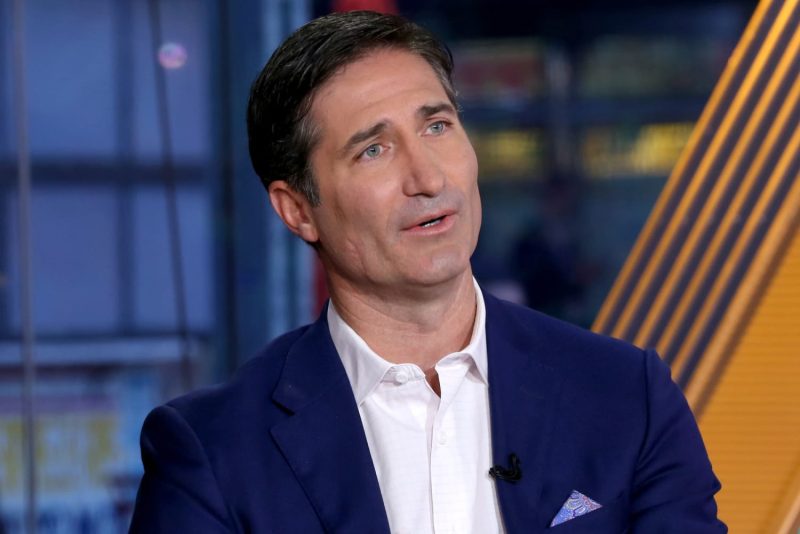As a groundbreaking precedent in the world of corporate leadership, Starbucks’ incoming CEO, Howard Schultz, is set to challenge the conventional norms of corporate commuting. Schultz will supercommute a staggering 1,000 miles from his base in California to Starbucks headquarters in Seattle. This audacious venture embraces the trending paradigm of remote work culture and redefines it to apply even to the upper echelons of corporate hierarchy.
In this digital age, Schultz’s decision remains not only ground-breaking but also in-line with the evolving dynamics of the global office environment. The COVID-19 pandemic has invariably enforced a shift from traditional workspace settings to a more decentralized and remote-operated modus operandi. Starbucks’ CEO’s decision to supercommute proves that remote working is feasible not only for entry-level or mid-level employees, but also for those coordinating corporate conglomerates as enormous as Starbucks.
Shultz, a Southern California resident, has expressed his intention to travel back and forth between the Golden State and the Emerald City, thus merging both personal preference and professional demand. Despite the distance, he reassured Starbucks’ shareholders and employees that this arrangement will not hinder his capabilities to lead the company.
To make this supercommute feasible, Starbucks’ incoming CEO will not only rely on the conventional methods of communication and coordination but also delve into innovative ways, including video conferencing and virtual meeting rooms. Through the integration of technology, Schultz aims to bridge the geographical gap and maintain seamless communication.
Moreover, Schultz’s supercommute will also bring in an intriguing eco-friendly perspective. As an advocate of sustainability, Schultz could leverage this opportunity to promote eco-conscious traveling. The CEO-to-be may want to reduce his carbon footprint by choosing environmentally friendly ways of commuting. One can expect Schultz to fly by private jet rather than commercial in order to utilize the most direct routes and reduce fuel consumption, for instance. Alternatively, he may also opt for electric or hybrid vehicles for ground transportation.
The decision of Starbucks’ next CEO also reflects the leadership’s trust in its employees. By choosing to lead from 1,000 miles away, Schultz sends a powerful message of faith in the Starbucks team, asserting that he believes they can execute their roles effectively despite his physical absence.
Schultz’s unique commuting decision, though unconventional and unique, certainly falls in line with the ongoing trajectory of workplace dynamics shaped heavily by technological advancements and environmental sustainability. As other corporate leaders and organizations watch, Starbucks could potentially serve as a testing ground for remote CEO operations, perhaps heralding a new age in executive-level corporate management.




